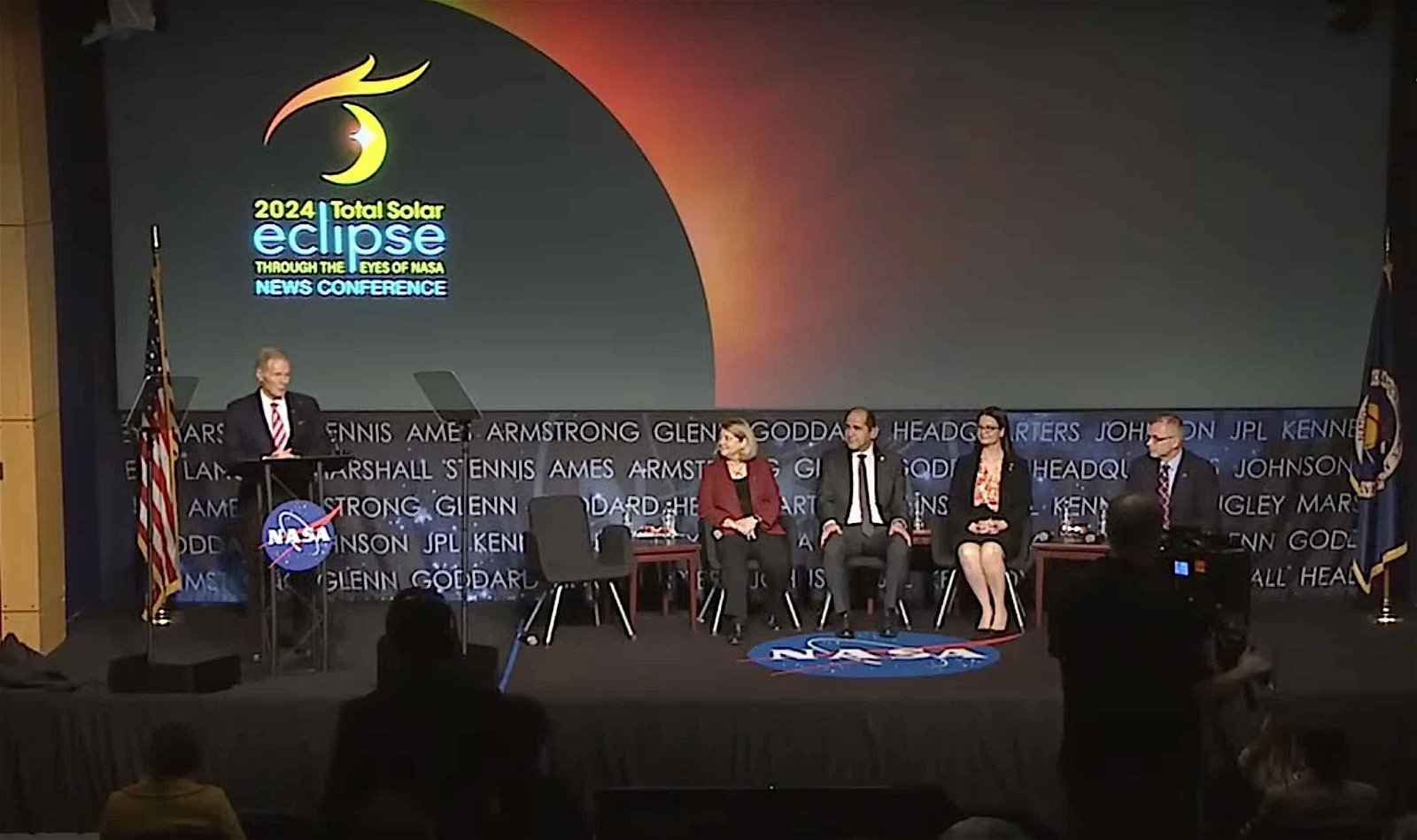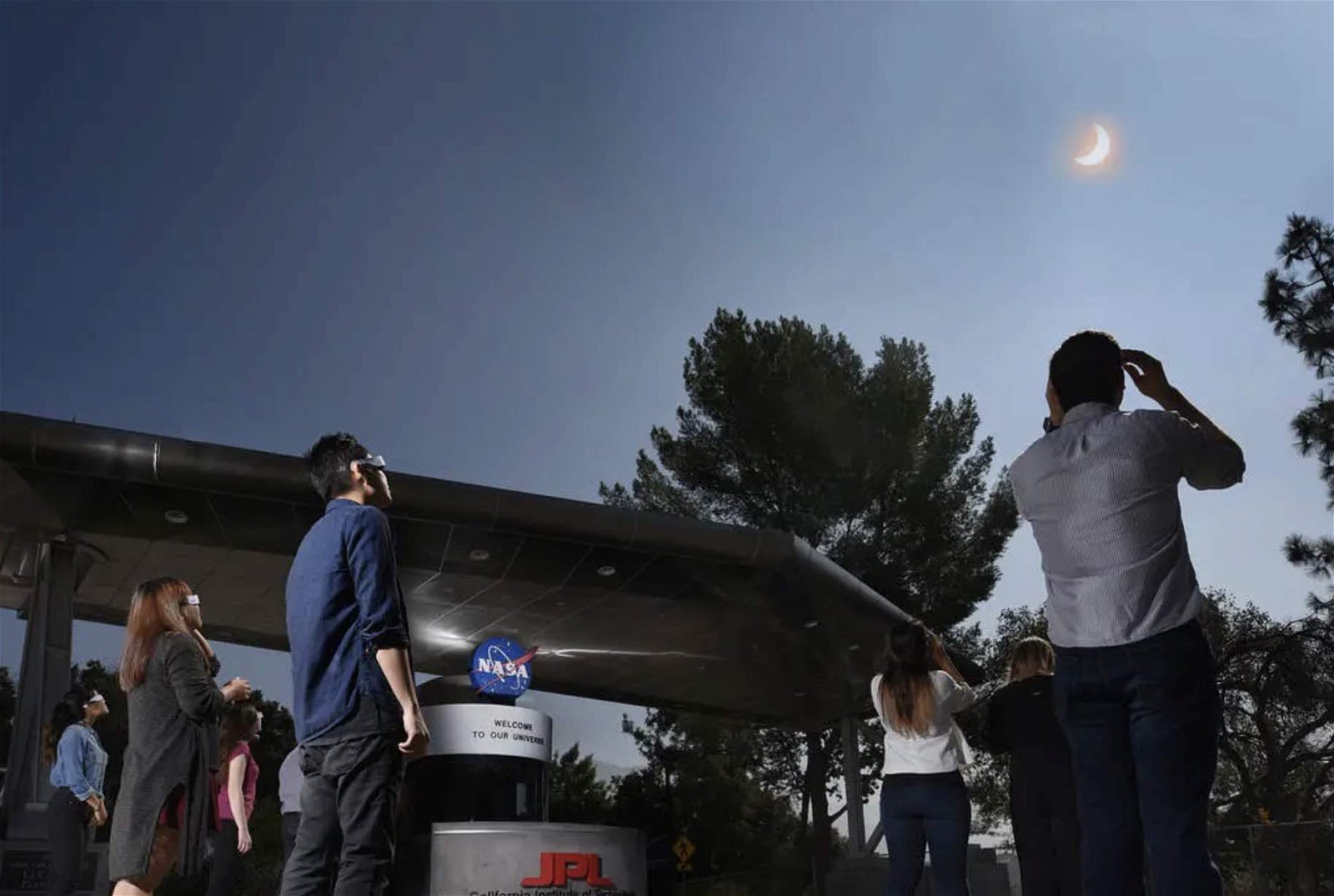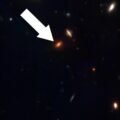NASA officials said on Tuesday that the space agency is planning to conduct a wide array of science experiments during the 2024 total solar eclipse next month, which will focus on gaining insights into a mysterious region of the Sun and how it affects the Earth.
“It’s a rare sight,” NASA Administrator Bill Nelson said of the upcoming celestial event during Tuesday’s media briefing. “Unusual things start to happen as the normal rhythms of the Earth are disrupted.”
“As the day appears to turn to dusk, and then dark, people have heard birds stop singing. They’ve seen giraffes suddenly begin to gallop. Roosters start crowing, and crickets begin to chirp. So watch for these unusual behaviors,” Nelson said.
“Eclipses have a special power,” Nelson added. “They move people to feel a kind of reverence for the beauty of our universe. Their power is not only to unify us on Earth but to further science and discovery.”
NASA Deputy Administrator Pam Melroy said the 2024 total solar eclipse will represent “a miracle of our universe.”


“It’s an opportunity to look at three celestial bodies—the Earth, the Moon, and the Sun—in entirely different ways than we usually do,” Melroy added. “Our scientists are going to take full advantage of this celestial event to get invaluable data.”
Melroy said that during the eclipse, a primary focus for NASA will be observing the Sun’s corona.
“This is a very elusive region,” Melroy said, “and it can be viewed during a solar eclipse in a very special way.”
Melroy explained that understanding the Sun’s corona is “key to understanding fundamental questions about how heat and energy are transferred out into the solar wind, which contributes to our understanding not just to of solar dynamics, but also how solar flares and the solar wind will affect life here on Earth.”
“The eclipse gives us a unique opportunity to collect data that may give insights into the future of our star,” Melroy said. “And it just so happens that we’re at solar maximum. So the chance that we’re gonna see something amazing is very high.”
Melroy explained that NASA hopes to collect data that will allow scientists to better understand the sun’s effects on the Earth’s ionosphere during its observations of the eclipse. The data NASA hopes to obtain from these observations could potentially help mitigate a range of problems, including disruptions to communications systems that result from intense solar activity.
During the eclipse, NASA will also rely on precise mapping of the Moon obtained by the Lunar Reconnaissance Orbiter (LRO), which Melory said will help NASA scientists study how the Moon is affected by the Sun.
Elsayed Tallaat, Director of the Office of Space Weather Observations at the National Environmental Satellite, Data, and Information Service (NESDIS), said that advanced ultraviolet imagers on NOAA’s GOES-16 and GOES-18 satellites will capture the Moon’s disc as it passes before the Sun.
“NOAA satellites will provide the nation and the world with a front-row seat to the celestial wonder,” Tallaat said on Tuesday. Tallaat also noted the forthcoming launches of the Space Weather Follow On Lagrange 1 (SWFO-L1) mission, which will collect measurements of solar wind disturbances before they reach Earth, as well as the GOES-U satellite, which will carry the first operational coronagraph, a solar telescope that blocks the disc of the Sun, allowing scientists to observe the Sun’s corona.
“Both of these coronagraphs will give us an unprecedented view of the Sun,” Tallaat said, also noting that the eclipse in April will provide an even better opportunity to observe phenomena scientists normally rely on coronagraphs for.
“This is why we call it nature’s coronagraph,” Tallaat said.
Solar physicist Kelly Korrek, NASA Program Manager for the 2024 solar eclipse, said experiments with rockets and balloons will also be used to aid in NASA’s observations of the eclipse, and that citizens can participate in more than 40 science experiments NASA will conduct during the eclipse.
“The eclipse is not just a stunning visual experience,” Korrek said, “and I hope you will join us in these discoveries.”
NASA Associate Administrator Jim Free also spoke briefly at Tuesday’s media briefing, advising that eclipse watchers to be careful during the event, particularly while driving near potentially congested areas where large numbers of eclipse watchers may be gathering along its path of totality.
“I’ll remind you of the safety of what we’re doing, the safety of what you need to be doing—looking only with your glasses—the safety of what you’re doing while you’re driving, and then also what you need to remember about the inspiration that we can all take away from this eclipse,” Free said on Tuesday.
To learn all about the best places to view the 2024 full solar eclipse, what unique phenomena you can expect to see, and how to stay safe during the event, check out The Debrief’s complete eclipse fact page here.
Micah Hanks is the Editor-in-Chief and Co-Founder of The Debrief. He can be reached by email at micah@thedebrief.org. Follow his work at micahhanks.com and on X: @MicahHanks.

